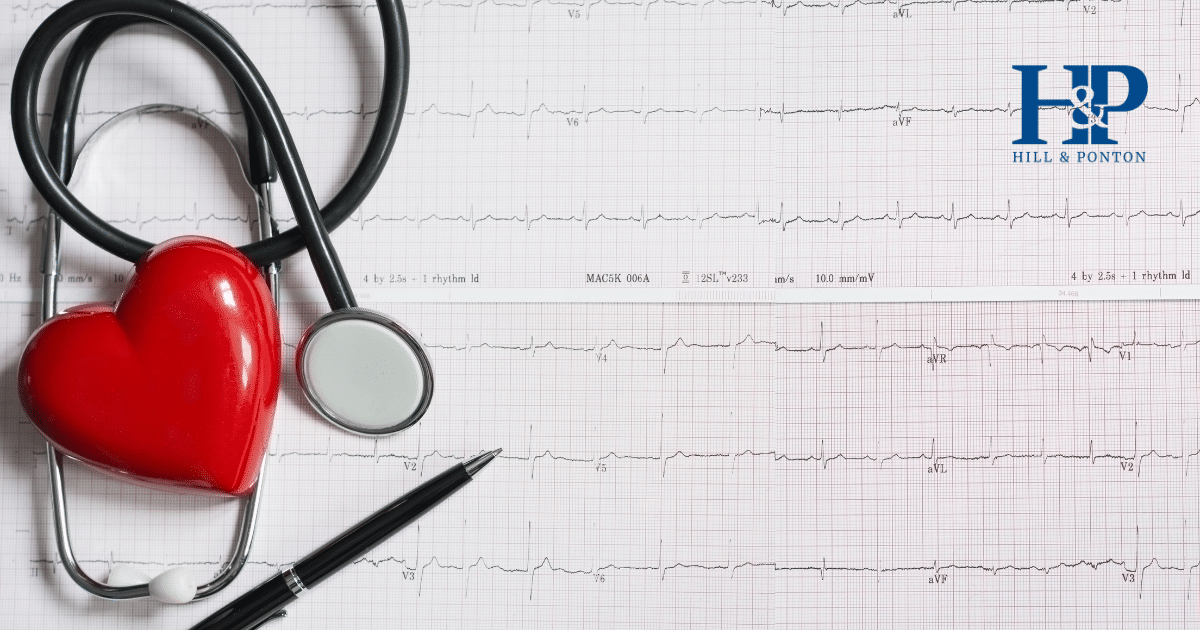Filing a disability claim is the very first step to being awarded compensation from the VA for your military service. Determining whether or not you are eligible to file a claim for VA benefits is the most important component. There are different qualifications for prior service members, and even non-service members, and multiple ways to be eligible for service-connected compensation.
Are you Eligible?
For more detailed information on dependent and survivor benefits visit our blog Eligibility for Dependent and Survivor VA Benefits.
Types of Service Connection and their Requirements
Direct Service Connection
- must be currently suffering from a disability that began in service
- Had symptoms, or was diagnosed, with a condition that developed into a current disability
- Must prove:
- Recent diagnosis of disability or disease
- Incident in service that could have caused disability or disease
- Connection showing it is at least 50% likely that the incident in service caused the current disability or disease
Service Connection through Aggravation
- Having a condition that existed before service but was made worse during service
- Must show that service caused the disability to get worse, rather than the disability’s natural progression
- Can only be proven by a medical opinion
Presumptive Service Connection
- 41 chronic diseases accepted by the VA as being automatically related to service
- Presumptive period range can vary by disease but, generally, the symptoms must begin within one year of discharge from service
- Must have served on active duty for 90 continuous days to be eligible
- Special types of presumptive claims:
- Agent Orange: may be eligible if you served in Vietnam, or it’s inland waters, between January 9, 1962- May 7, 1975
- Gulf War Syndrome: symptoms for an undiagnosed cause and illness developed during service from January 1, 2007 to present
- Further information, including presumptive symptoms, can be found through the VA’s article “Presumptive” Disability Benefits.
Secondary Service Connection
- Disability caused by an already service connected disability
- example: you injured your knee in service and are receiving compensation, you then develop a hip condition from walking with a limp due to your knee so now you may qualify for secondary connection compensation
- Paired organs: having a service-connected disability in one organ or extremity and a non-service connected disability in the other may result in service connected compensation for both
- example: having service-connected blindness in one eye and blindness developing in the other eye would qualify for service connected compensation for both eyes
- other paired organs: kidneys, lungs, ears, hands, feet





